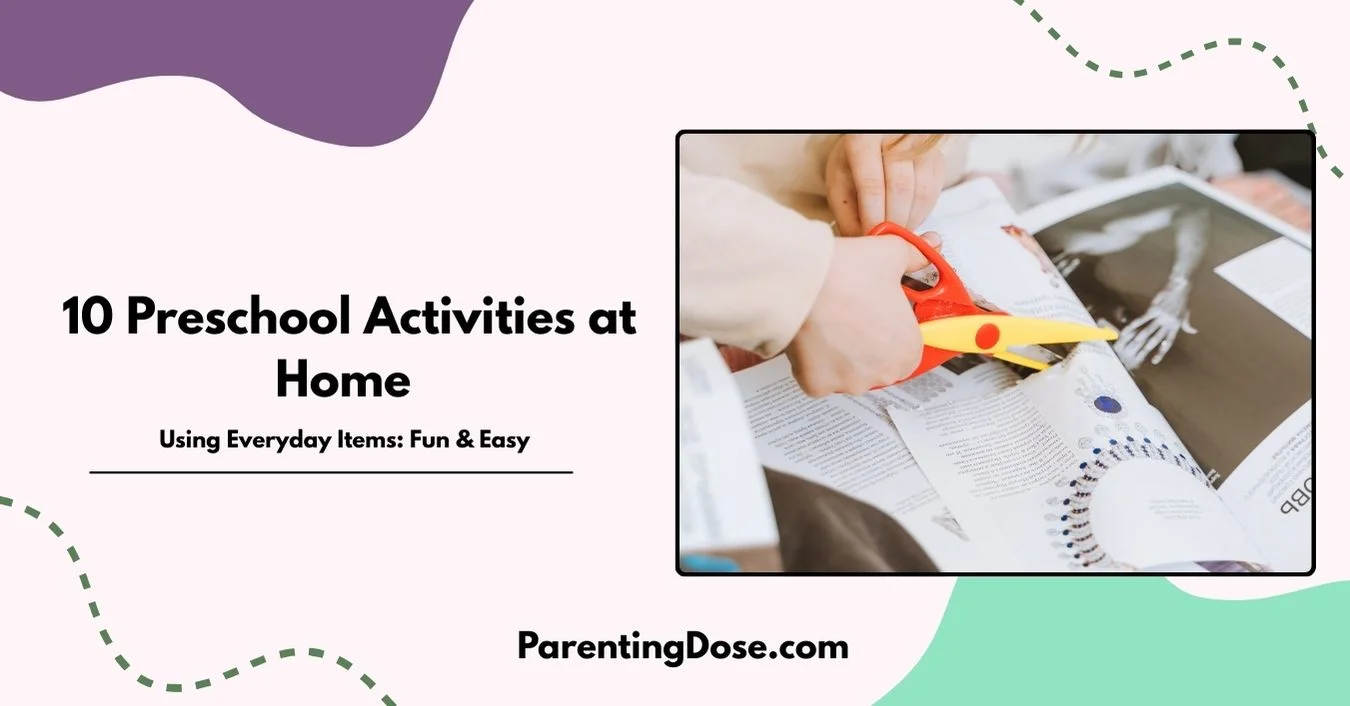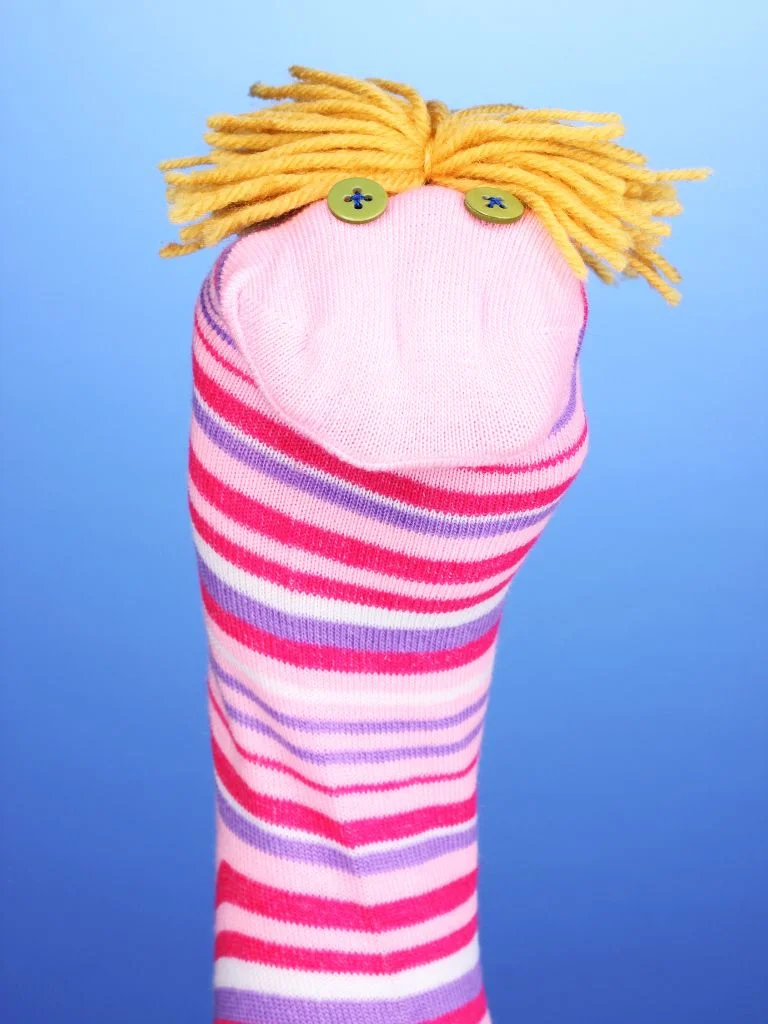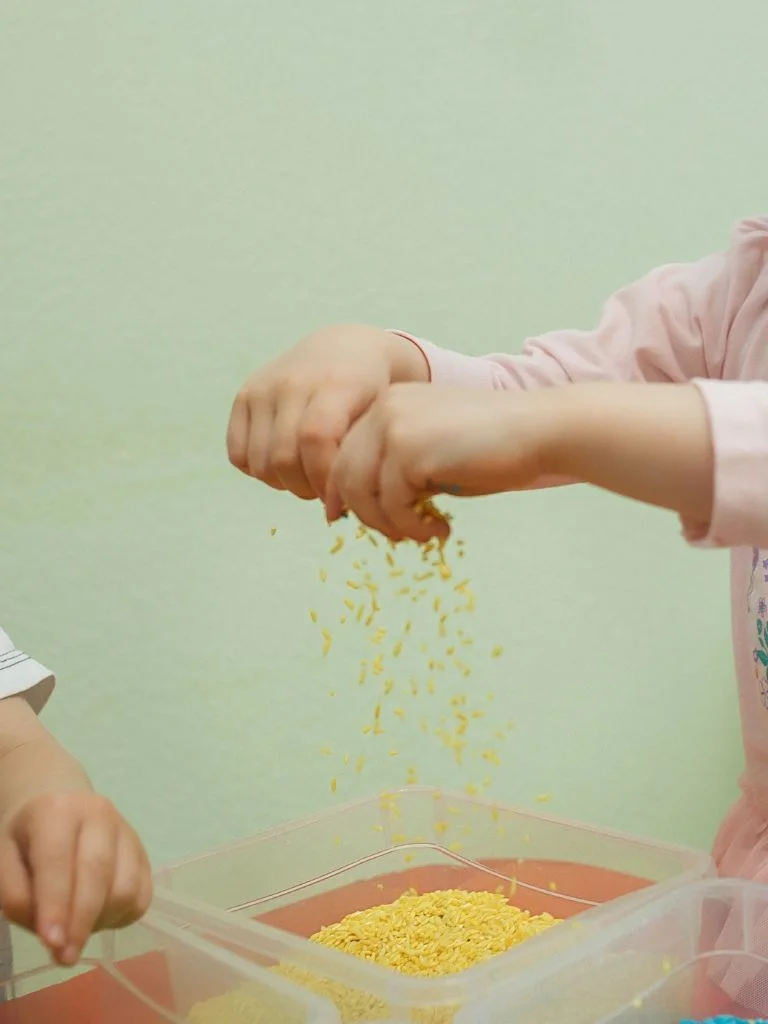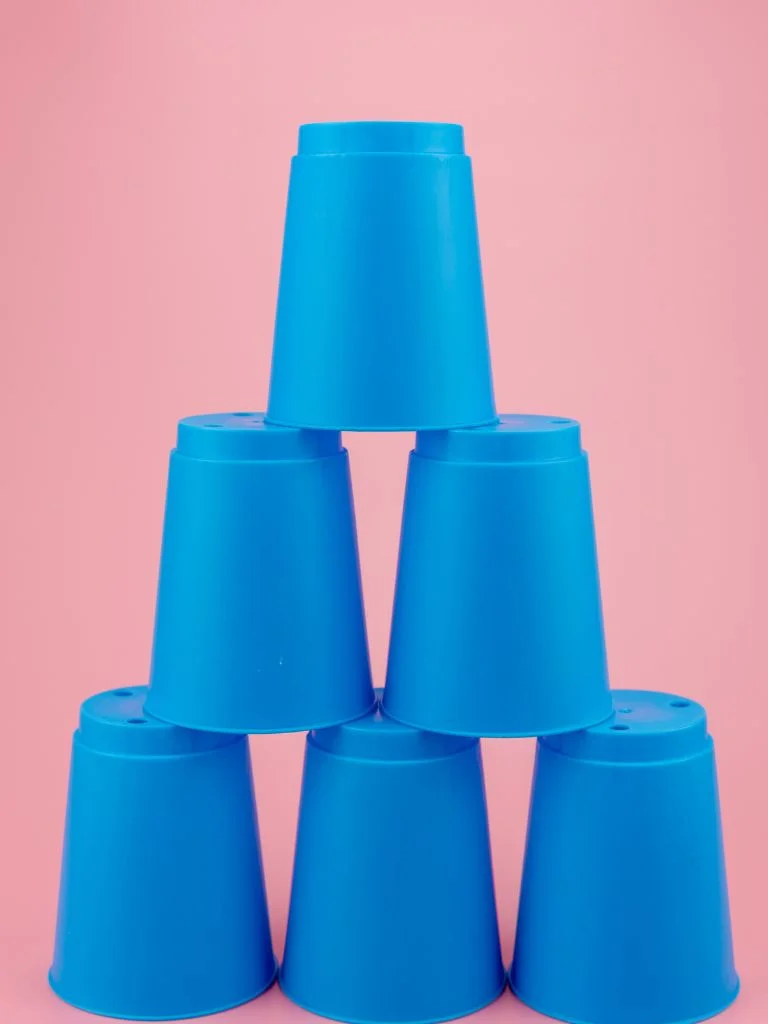You scroll through your feed, seeing moms with perfectly curated craft tables, sensory bins, and educational games that look like they took hours to set up. Sigh. You love your little one more than anything, but sometimes it feels like you’re failing at this whole “keeping them entertained and learning” thing.
But what if I told you that you don’t need a single fancy toy or expensive craft kit to make magic happen? What if the best preschool activities are already sitting in your kitchen, laundry room, or recycling bin?
Yes, mama—you heard me right. Those cardboard boxes, old socks, and plastic cups? They’re about to become your new best friends.
Why Everyday Items Are a Mom’s Secret Weapon
Using everyday items for preschool activities isn’t just a lifesaver for your sanity—it’s also brilliant for your child’s development. Here’s why:
- Cost-effective: No need to drop $$ on the latest educational toy. You already have everything you need.
- Eco-friendly: Repurposing household items teaches kids about sustainability (and saves the planet—one cardboard box at a time).
- Boosts creativity: When kids use their imagination to turn a sock into a puppet or a laundry basket into a pirate ship, they’re flexing those creative muscles.
- Teaches problem-solving: Figuring out how to stack cups into a tower or make a fort stay up? That’s STEM in action, mama.
Plus, let’s be real: It’s a relief to know you don’t have to be a craft goddess or have a Pinterest-perfect home to raise a happy, curious kid.
10 Preschool Activities Using Everyday Items (That You’ll Actually Enjoy Too)
Here are 10 easy, engaging activities you can do with items you already have at home. I’ve grouped them by type of play to make it easy for you to pick what your little one needs most today—whether it’s burning energy, practicing fine motor skills, or just having a good giggle.
1. Cardboard Box Creations (Imaginative Play)
- What you need: Any cardboard box (cereal, Amazon, shoebox), crayons or markers, tape.
- How to do it: Let your child decide what the box will become—a car, a castle, a robot. Help them decorate it with crayons, and use tape to add extras like paper plate steering wheels or aluminum foil windows.
- Pro tip: Add a learning twist by writing their name on the “door” or counting how many “windows” they want.
Personal touch: My son once turned a box into a “time machine” and insisted we were going to visit dinosaurs. We spent the whole afternoon roaring and stomping around. Best. Day. Ever.
2. Sock Puppets (Fine Motor Skills + Imaginative Play)
- What you need: Old socks, buttons, yarn, glue (or needle and thread if you’re feeling fancy).
- How to do it: Turn those lonely socks into puppets! Glue on buttons for eyes, yarn for hair, and let your child create their own characters.
- Pro tip: Use the puppets to act out a favorite story or make up a new one together.
Gentle humor: Fair warning—your child might name their puppet something hilarious like “Mr. Stinky Toes.” Just go with it.
3. Kitchen Band (Sensory Play + Music)
- What you need: Pots, pans, wooden spoons, plastic containers.
- How to do it: Set up a mini “drum set” with pots and pans. Use wooden spoons as drumsticks and plastic containers as shakers (add rice or beans inside for extra fun).
- Pro tip: Turn it into a parade and march around the house. Bonus points if you join in!
Reassurance: Yes, it’s loud. Yes, it’s chaotic. But it’s also pure joy—and it tires them out. Win-win.
4. Rice Sensory Bin (Sensory Play)
- What you need: A large container or bin, uncooked rice, scoops, small toys.
- How to do it: Fill the bin with rice and hide small toys inside. Give your child scoops or cups to dig, pour, and explore.
- Pro tip: Lay a sheet or towel underneath to catch any spills. Trust me, it’s worth it.
Validating moment: Sensory play can feel messy, but it’s so good for their little brains. And hey, sweeping up rice is easier than glitter. (We’ve all been there.)
5. Magazine Collage (Fine Motor Skills + Creativity)
- What you need: Old magazines or newspapers, child-safe scissors, glue, paper.
- How to do it: Let your child cut out pictures they like and glue them onto paper to make a collage. Talk about the colors, shapes, or stories in the pictures.
- Pro tip: If cutting is tricky, tear the paper instead—it’s great for hand strength.
6. Cup Stacking Challenge (Fine Motor Skills + Problem-Solving)
- What you need: Plastic or paper cups.
- How to do it: Challenge your child to build the tallest tower or a pyramid. For extra fun, set a timer or race to see who can stack the fastest.
- Pro tip: Add a math element by counting the cups or sorting them by size.
7. Laundry Basket Adventures (Imaginative Play)
- What you need: A laundry basket, blankets, pillows.
- How to do it: Turn the basket into a boat, car, or train. Use blankets for “sails” or pillows for “seats.” Let your child’s imagination steer the journey.
- Pro tip: Pack a “picnic” with pretend food for added fun.
Mini-story: My daughter once decided our laundry basket was a hot air balloon. We “floated” over the living room, spotting imaginary animals below. It was pure magic.
8. Paper Plate Masks (Creativity + Imaginative Play)
- What you need: Paper plates, markers, string or elastic.
- How to do it: Cut out eye holes and let your child decorate the plate to look like an animal, superhero, or their favorite character. Attach string to wear it.
- Pro tip: Use the masks for a mini “play” or storytime.
9. Treasure Hunt (Problem-Solving + Active Play)
- What you need: Small household items (spoon, toy, sock), a basket or bag.
- How to do it: Hide a few items around the house and give your child clues to find them. Once they find everything, celebrate with a little dance party.
- Pro tip: Tailor the clues to their age—simple for younger kids, trickier for older ones.
10. Flashlight Shadow Puppets (Sensory Play + Imaginative Play)
- What you need: A flashlight, a dark room, your hands.
- How to do it: Shine the flashlight on a wall and use your hands to make shadow animals or shapes. Teach your child how to make a bunny or a bird.
- Pro tip: Add a storytelling element by making the shadows “talk” to each other.
A Little Reminder for You, Mama
Before you start thinking, “But I’m not creative enough for this,” or “My kid will just make a mess,” let me stop you right there. You are enough. These activities aren’t about perfection—they’re about connection. Your child doesn’t need a flawless craft; they need you. They need your laughter, your encouragement, and your presence.
And if things get messy? That’s okay. Messes can be cleaned, but the memories you’re making? Those last forever.
Conclusion:
I hope these ideas inspire you to look around your home with fresh eyes and see the endless possibilities hiding in your everyday items. The next time you’re feeling overwhelmed, remember: You’ve got this, and you don’t need anything fancy to make it happen.
Try one of these activities today and let me know how it goes! Drop a comment below with your favorite everyday item hack, or pin this post for those “I need an idea now” moments.
Because, mama, you’re already doing an amazing job. And sometimes, all it takes is a cardboard box to remind you of that.










